Being a bit of a History geek one of my favourite things about travelling is encountering ancient cultures and histories, and where better to be than Scandinavia—home of the Viking?
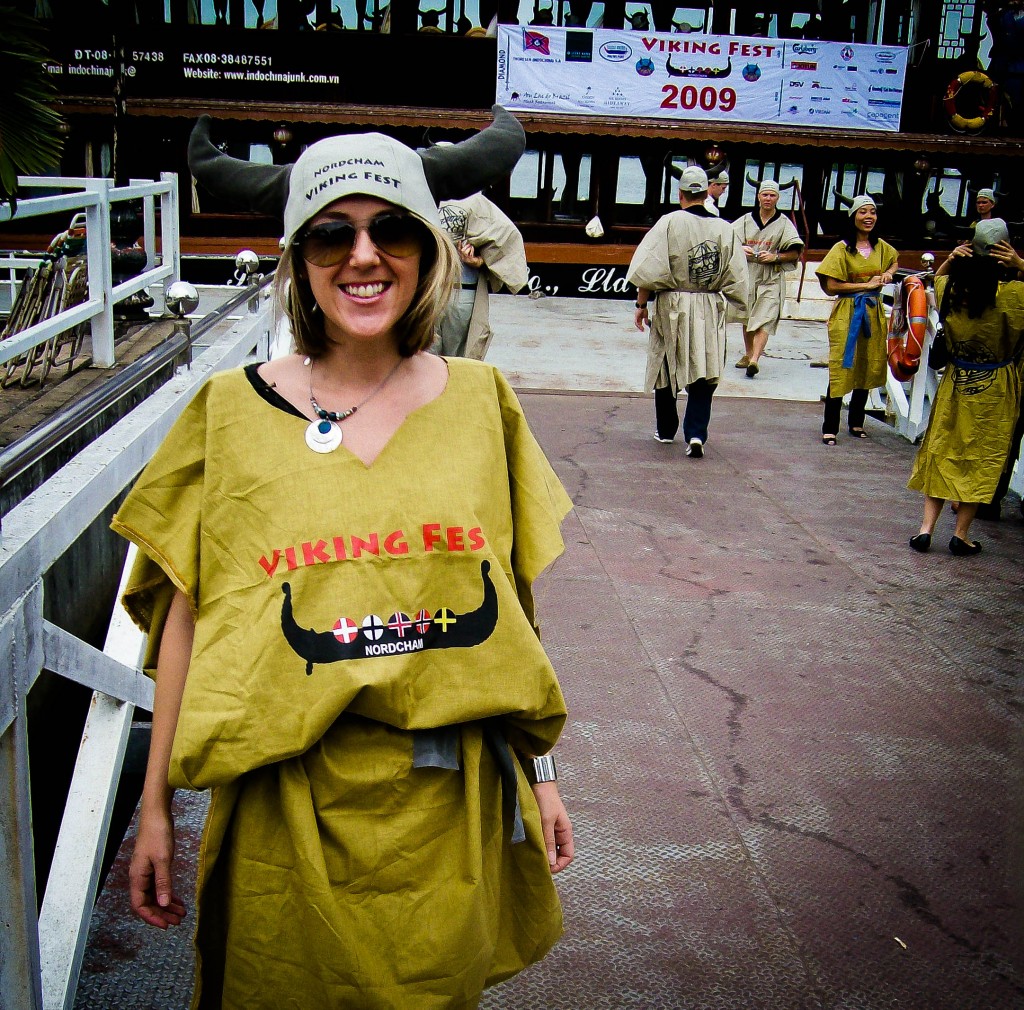
Britons, in particular, will be very familiar with the image of the aggressive, bearded Norsemen who raped and pillaged their way onto British shores in the late 8th Century. Although this view is the popular portrayal of the Vikings, in reality their presence in Great Britain brought many benefits.
By the end of the 9th century Viking settlements were prolific across Great Britain, and the Vikings are widely considered to have brought advanced weaponry and farming techniques to the island, as well as significantly influencing the language.
Rather than coming as oppressors, the Vikings worked alongside communities teaching their advanced skills in leather, wood, and metal work.
They adopted Christianity and introduced coinage. Therefore when the Vikings returned to Scandinavia they left behind efficient working settlements that were fully equipped to trade. The Vikings helped to establish England and Scotland as separate territories.

The mark of the Viking is also still discernible across the landscape of Sweden.
Västerås, some 100 km from Stockholm, is home to Anundshög, Sweden’s largest Viking burial mound. Large mounds called Tumuli indicate where a body, or bodies, are buried. Although it is not known who is buried here, the scale of the site suggests that it was a very important man—most likely a king.
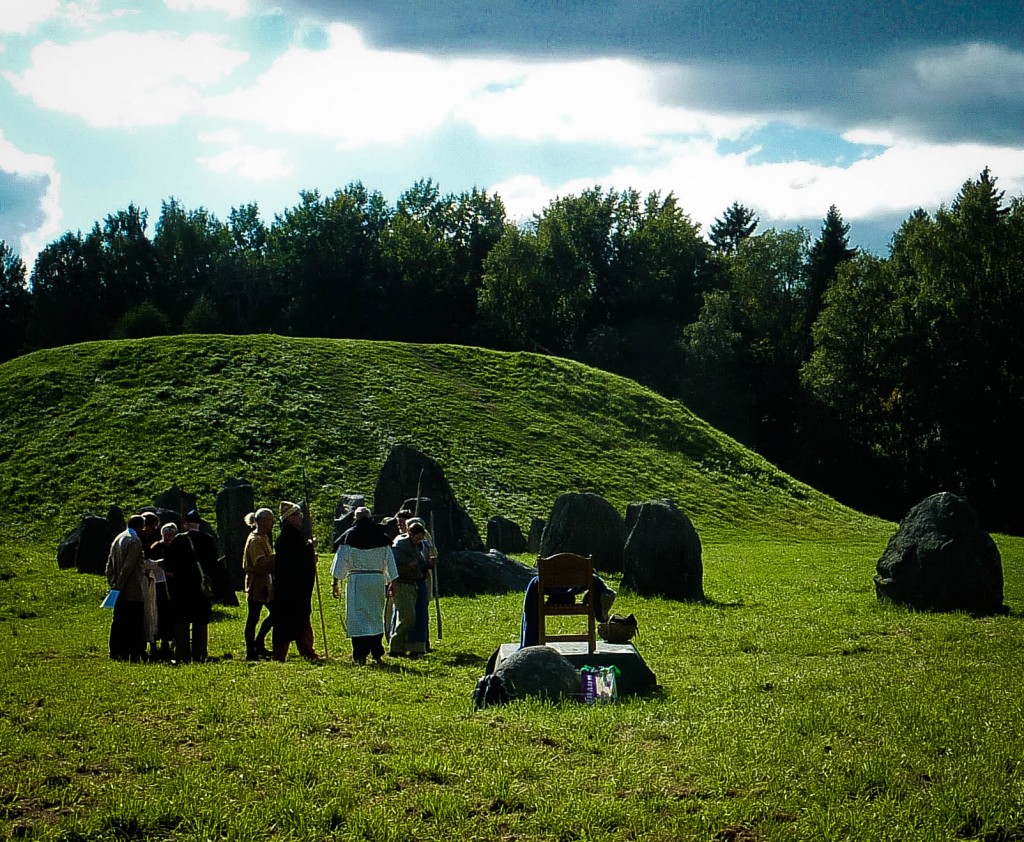
The stones of Anundshög are formed in the shape of two longboats standing end-to-end and would have formed the centre-piece of all Bronze-Age activity.
As Anundshög is believed to be a site of great importance, even being included on the European Council’s Viking Route, activity probably included routine sacrifice, prayer, and burial.
Perhaps Anundshög’s most important role may have been as setting for a ‘Thingstead’, an assembly where governing bodies would discuss issues and make important decisions.

Anundshög may not be as large or as impressive as, say, Stonehenge, but it is a fascinating insight into life in the Bronze and Iron ages. It is definitely worth a walk around. Unlike Stonehenge, Anundshög has no entry fee and visitors are able to walk freely amongst the stones.
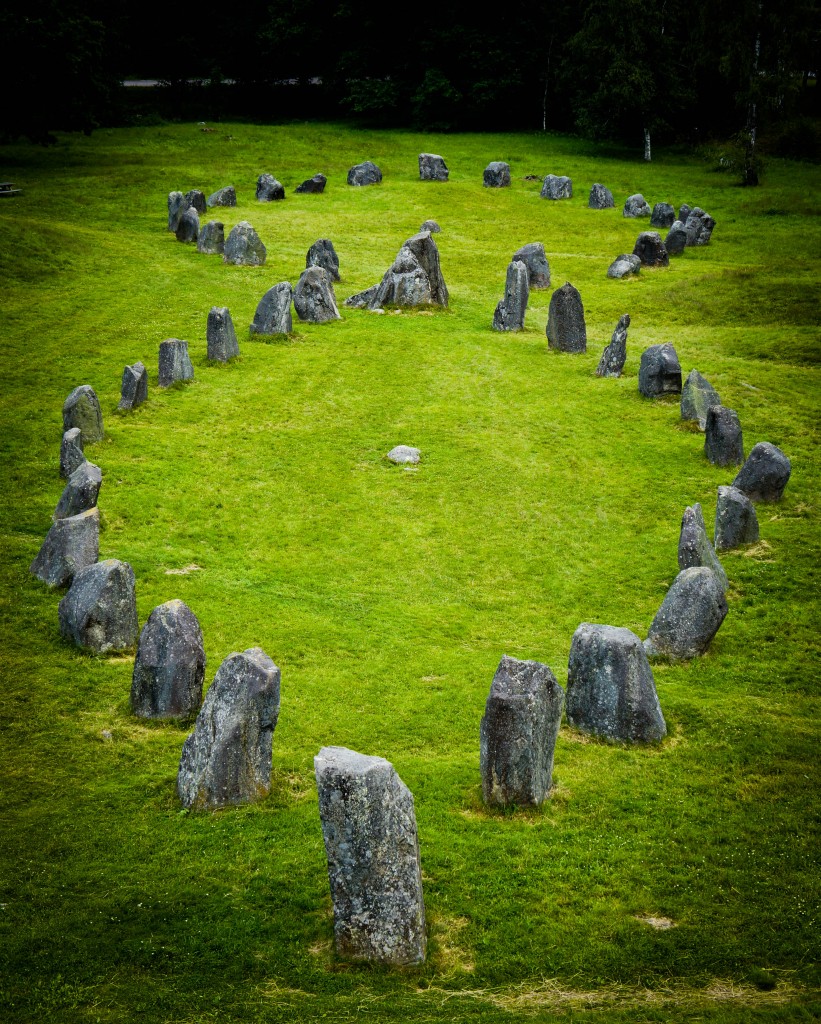
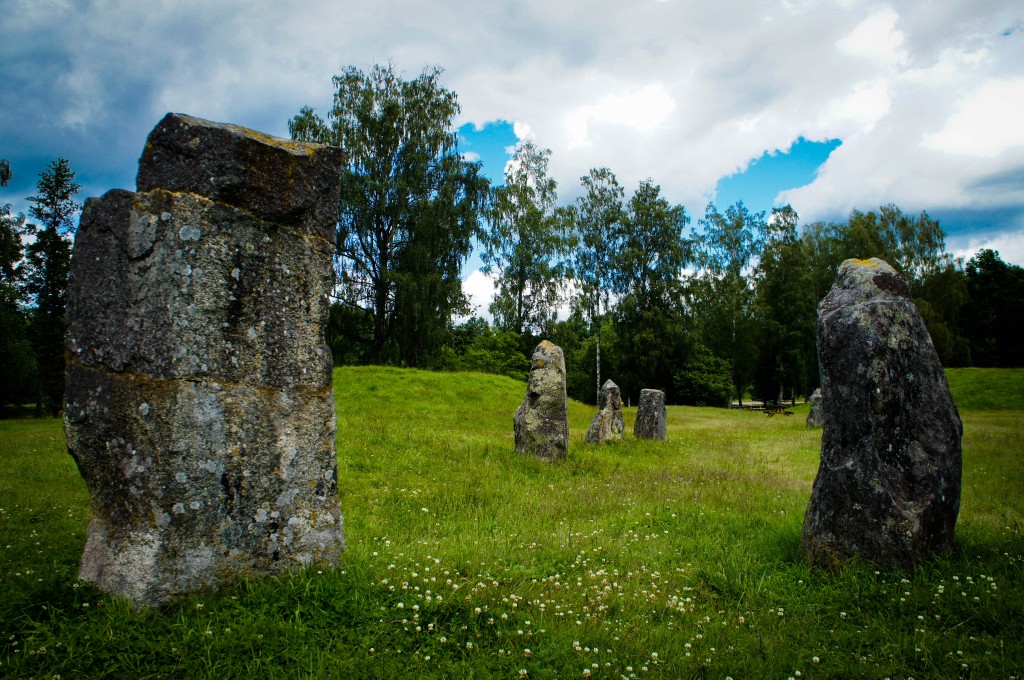
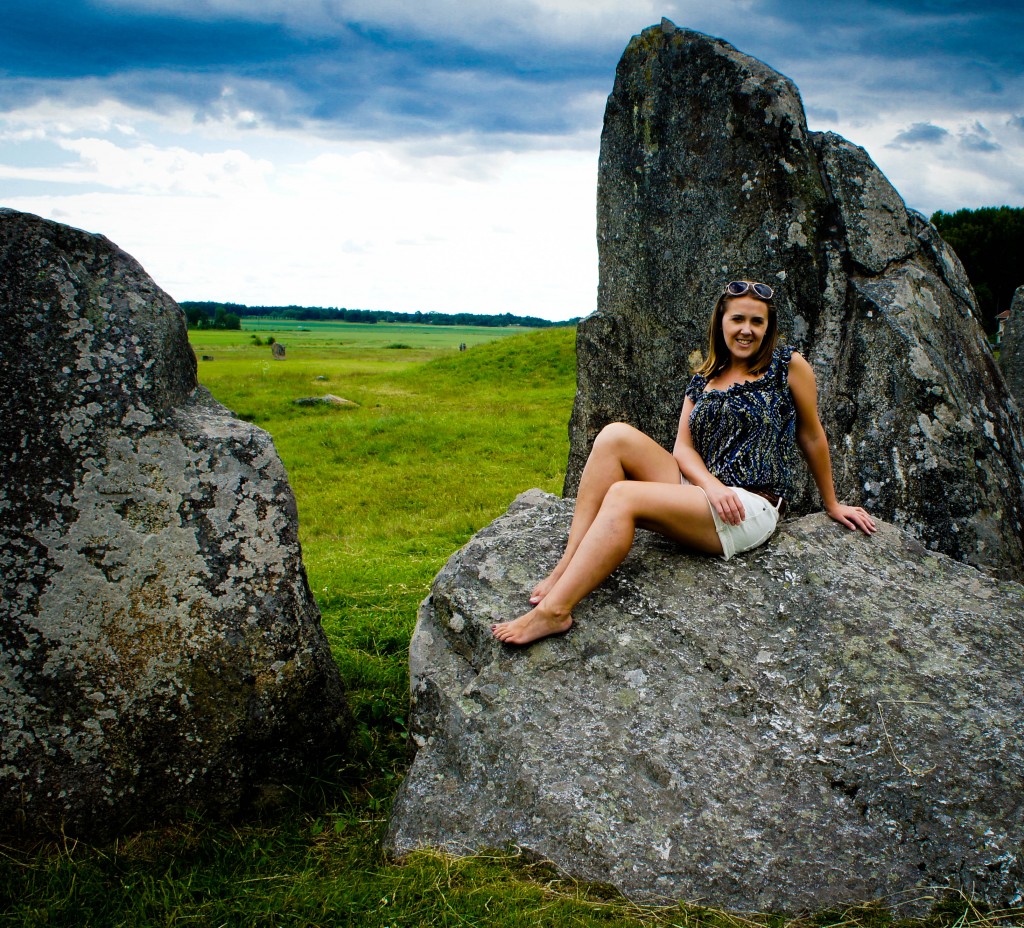
You can find more information about Anundshög on the home page. For more about Sweden go to Visit Sweden.
Do you enjoy visiting sites of historical significance? Which one is your favourite? Do you know of any other Viking sites that I should visit? Please leave a comment below!



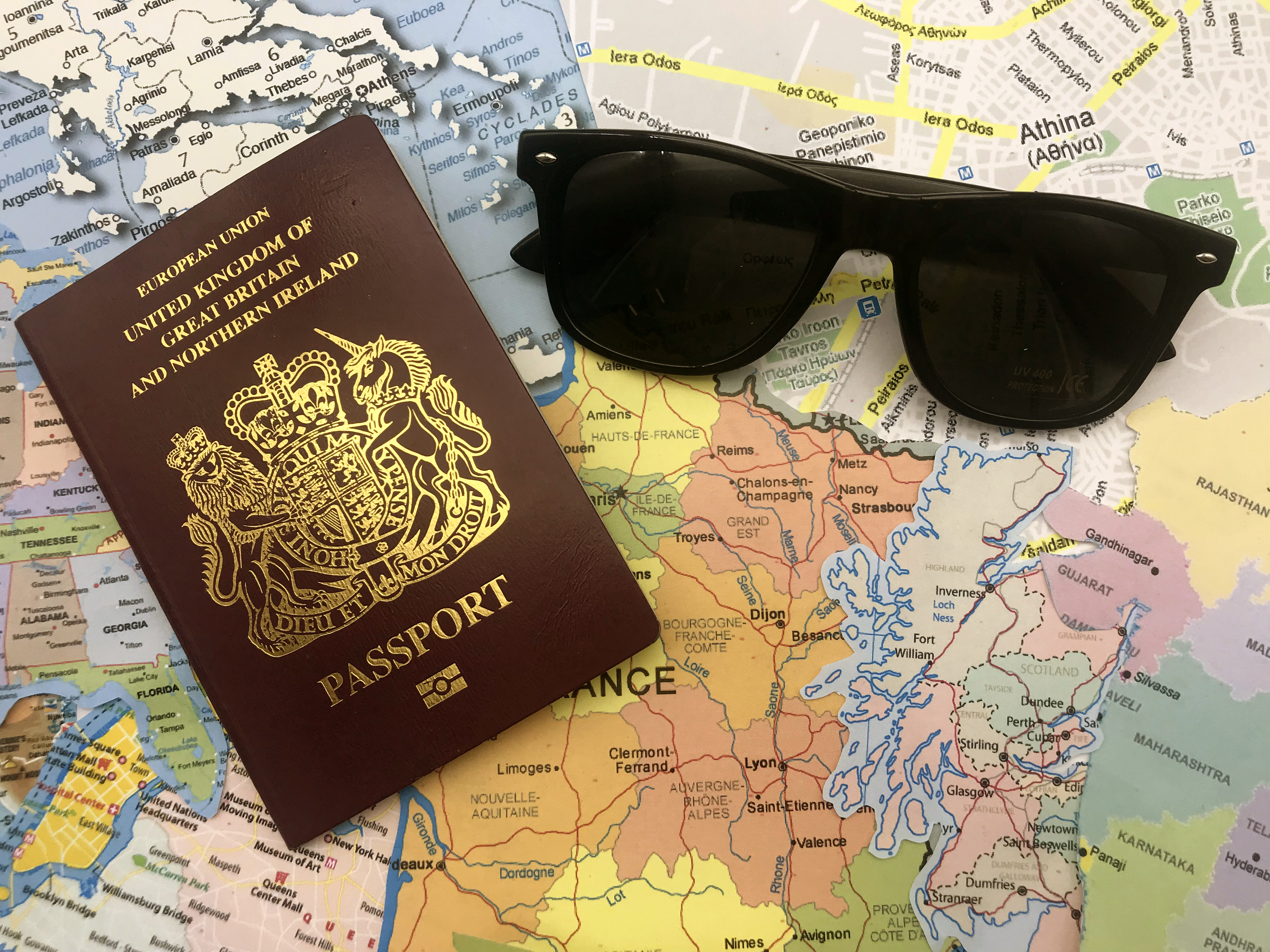

Great history lesson, but an even better spot… I had never heard of this location before… Awesome stuff…
D.J. – The World of Deej recently posted..A Battle with Post-Trip Depression
That’s one of the things I like best about Sweden, things are so low-key here. If this site was in the UK there would be a fence stopping you from going any closer that 50 metres, a million people and a hefty entrance fee. Of course I think things like this need to be preserved but it’s such a shame when you can’t really experience them properly.
I hadn’t heard of these stones either! It looks so mysterious, more so than Stonehenge, but maybe that’s just because I have seen waaaay too many photos of Stonehenge. 😉
Audrey recently posted..WANTED for Illegal Dumping
It’s an interesting place. The stones are not as large as the ones in Stonehenge, but they are equally mysterious. And there was nobody else there at all when I visited!
I love learning about history when I travel as it’s so different when you visit a place compared to what you might read in a book. It’s so interesting to know that the Vikings had such an impact on Britain, I had no idea!
Andrea recently posted..The Cinquecento in Zagreb
Yes, they really helped to influence and shape our culture and our language. Many words have similarities with Scandinavian languages: for example, in Scotland and Ireland it is common to use the word ‘bairn’ to mean children and the Swedish word is ‘Barn’. I would love to study Scandinavian history in more depth at some point!
Hi
I am working as a picture editor for a book about series in art and architecture. The book will be published by Schwabe Verlag in 2022. We are interested in the picture “Long-boat formations” with no person on it.
May we show this photo in the book. What would be the conditions?
Looking forword to hearing from you.
Best, Beatrice